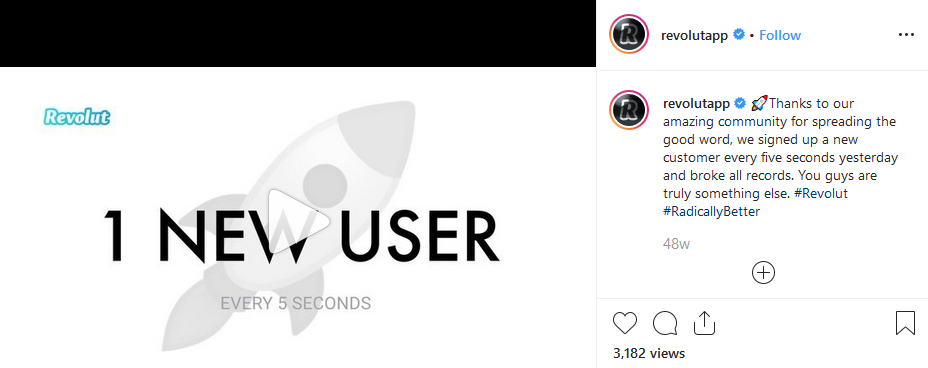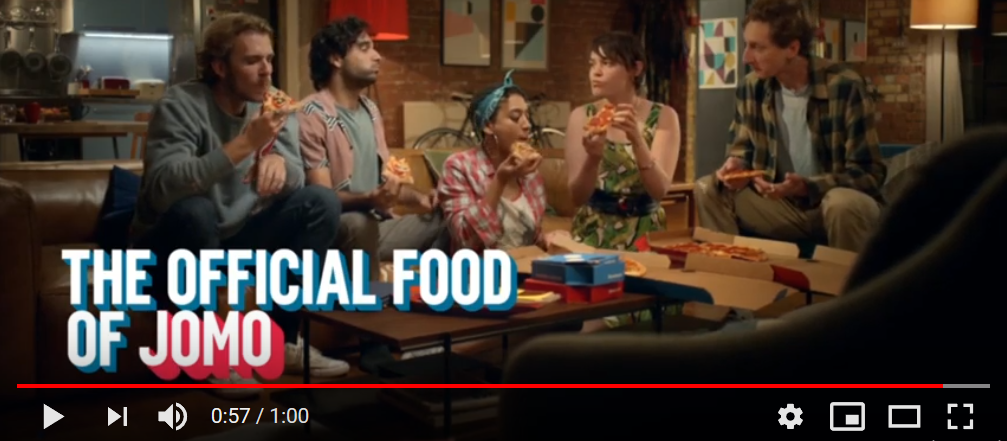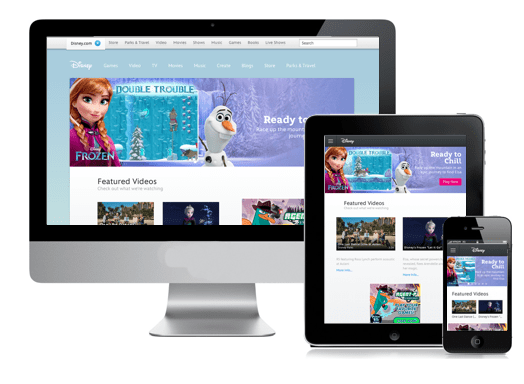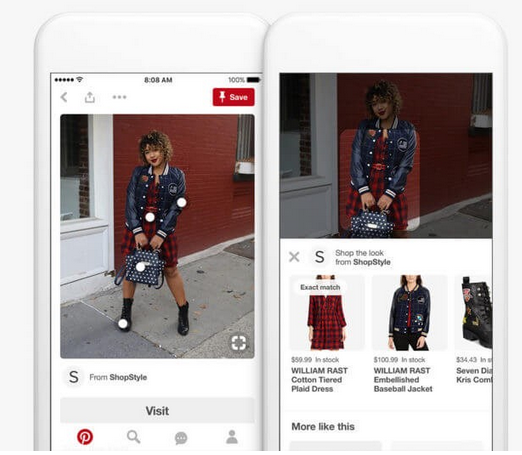Acronyms and buzzwords are part of the marketing world. And while some might make you want to scream into your coffee, others are actually pretty trendy. Staying on top of the latest lingo is also a great way to connect with followers, particularly on social media where acronyms are commonplace. So, without further ado, meet FOMO, JOMO and the Buzzwords of 2019.
#FOMO
FOMO, or the ‘fear of missing out’ is the urgent apprehension people feel when they believe others are enjoying an awesome experience from which they are absent. FOMO is very real in today’s world with 68% of millennials admitting to experiencing FOMO, the highest of all age groups.
As FOMO can trigger very strong emotions, it’s often used by businesses to encourage sales and improve ROI. FOMO offers tend to revolve around limited offers and countdown clocks to create a sense of urgency. Exclusivity and location-specific offers also work well helping consumers to feel special and prompting them to take action. 60% of millennial consumers have made reactive purchases because they don’t want to be left behind.
Promoting experiences is another top way to pique interest. After all, 3/4 millennials (78%) prefer to spend money on experiences over stuff. Capital One, is particularly good at shining a light on cardholder benefits focusing largely on food and entertainment. Two areas of interest, particularly for millennials who spend a lot of time on platforms like Instagram.


Showing that people are using your products can generate FOMO too. After all, consumers start to wonder what’s so good and why they’re not in on the action. If you can do this in real time it also gets people’s hearts racing as they want a piece of the pie.

Your FOMO marketing checklist:
- Set time limits and allow them to expire
- Schedule exclusive offers
- Provide real-time purchasing updates
- Make the most of user generated content to stir interest
#JOMO
A whopping 45% of people who experience FOMO can’t go for longer than 12 hours without checking social media and 48% of millennials spent money they didn’t have to keep up with friends. Feelings associated with FOMO include jealous, envy, frustration, anxiety and sadness. But there’s also been another acronym bobbing around to combat this consistent desire to stay trendy. Meet JOMO.
Instead of the ‘fear of missing out’, JOMO focuses on the ‘joy of missing out.’ This centers around the idea that people can embrace happiness by staying at home, relaxing or doing what they’re doing. That’s without having to attend the coolest party, buy the best jeans or respond to ads immediately out of pure fear they’ll miss an experience. Essentially, if you’re tired of the FOMO epidemic, this one’s for you.
Domino’s latest ad is a perfect example of modern JOMO advertising. Taking a humorous glance at situations that might induce FOMO, the advert concludes that actually missing out and eating pizza is the way forward. And it’s hard not to agree.

Your JOMO marketing checklist:
While creating FOMO may seem like a more natural tactic for marketers who want urgent sales, playing on JOMO can also work as seen by Dominos. More and more people are craving mindfulness and being in the moment. So, when brainstorming, try to:
- Build loyal relationships through authentic content. The more people relate to your brand, the less likely they’re going to be looking at your competitors as a result of FOMO. Generate a strong community by engaging on social media channels, answering questions, knowing your audience and utilising user generate content.
- Become storytellers. Domino’s new advert works because it flips FOMO into JOMO. It tells a story that addresses how many of us feel. Storytelling is a great way to draw out emotions and connect with your audience on a deeper level.
#Omnichannel
“We need an omnichannel marketing strategy” announces the CEO. This is absolutely correct, but contrary to popular belief, this doesn’t simply mean posting the same content on numerous platforms. Instead, omnichannel marketing is about providing customers with a seamless purchasing journey across numerous channels. That’s without them seeing repetitive messages.
For example, if someone interacts on your website, they should see tailored content across your social pages. Comprehensive data sharing is the way forward making capable technological systems a necessity for businesses looking to take a streamlined approach. AI-fuelled product recommendations made by monitoring the steps of a consumer journey is a great way to upsell.
Disney is one brand nailing omnichannel. From the company’s mobile-optimised website to the My Disney Experience tool which enables you to plan your entire trip, the whole experience is effortless. You can even use the app at each park to locate attractions while the Magic Band program acts as a hotel key, photo storage device and food ordering tool. Disney also shows different marketing messages on its channels to appeal to the users of specific platforms.

Your omnichannel marketing checklist:
- Utilise customer data to create a personalised experience
- Provide unique marketing messages at each stage of the user journey
- Offer real-time help and information where possible
- Ensure your email content is aligned with where consumers are in the sales funnel
So, there’s FOMO, JOMO, Omnichannel and what else? Here are some more of the most popular buzzwords of 2019:
#Gen Z
We’ve all heard about millennials and their marketing needs. As Digital Natives they’ve been coined as the pickiest generation yet – but what about ‘Gen Z’? ‘Gen Z’ has become an increasingly important marketing term. And rightly so, considering this demographic – born between 1997 and 2012 – will make up 40% of all US consumers by 2020. They’re rapidly becoming adults with purchasing power of $44 billion per year, so it’s worth using analytics tools to discover if Gen Z is a top concern for you brand!
#Hyperlocal
No, this has nothing to do with eating too much sugar. Hyperlocal actually refers to targeting customers in a super specific, geographically restricted area in a bid to zoom in on people conducting ‘near me’ and ‘destination’ searches. Currently, 22% of voice searches are used to find more about local businesses and this is set to skyrocket in 2020, meaning the term ‘hyperlocal’ will be hanging around for quite some time yet.
#Live Streaming
You’re doing it, the celebs are doing it and businesses are doing it. Considering people are now spending 3 x longer watching live content than pre-recorded videos, it’s no surprise channels such as Facebook and Instagram are being lit up with real-time updates.
#Shop the Look
Okay, so this is more of a buzz phrase, but it’s been very relevant throughout 2019 and will continue to be on trend throughout the months ahead. Platforms such as Instagram now give businesses the option to add product stickers to Instagram Stories while Pinterest’s Shop the Look pins make the site a lot more dynamic and retail friendly.

#Big data
You might have seen the term ‘big data’ bobbing around. So, what’s that all about? Well, many companies are making the most of huge amounts of data with the help of AI. Essentially, machine learning systems can analyse colossally large data sets and help tailor marketing strategies for a more personalised consumer experience. Big data is a particular hot topic in the finance world with AI being used to analyse and make sense of historic market trends. This can lead to market predictions and portfolio solutions for traders.
Did you enjoy reading FOMO, JOMO and the Buzzwords of 2019? If you did then hit the share button. Contact Contentworks for content marketing that works hard for your brand with or without the buzzwords!
